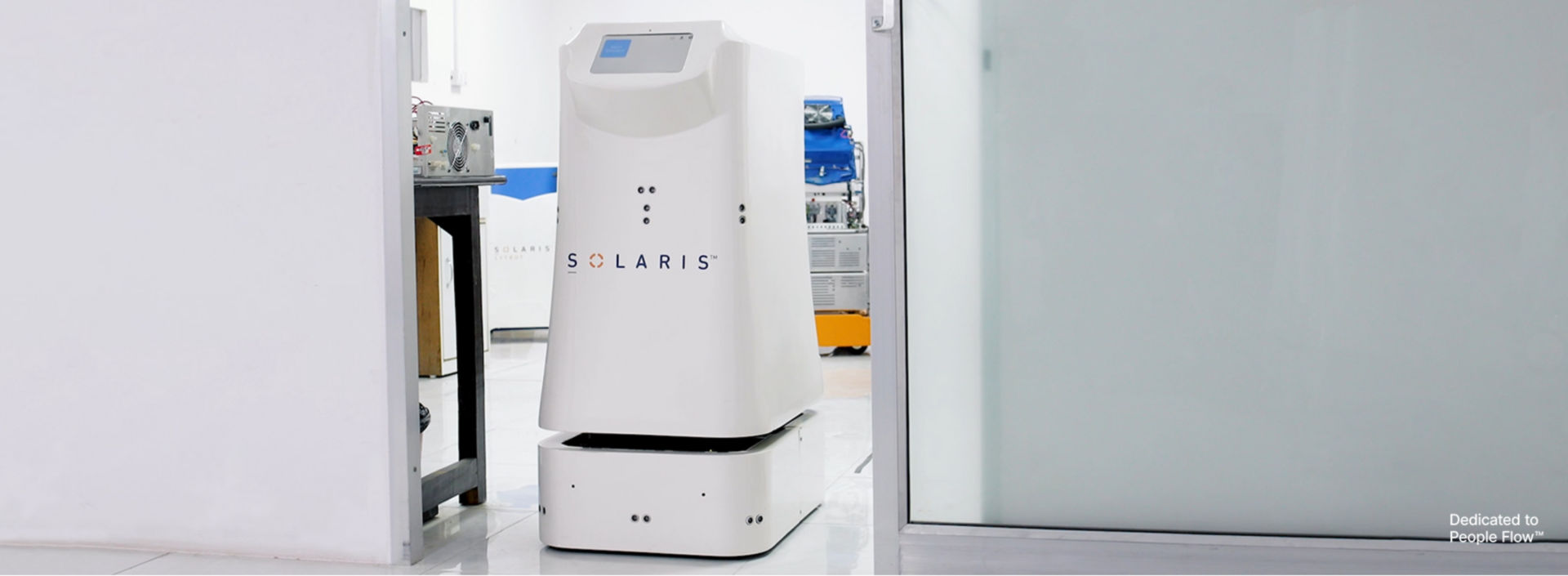Building a hospital is a complex and critical endeavor that involves careful planning, coordination, and a focus on creating an environment that prioritizes patient care, operational efficiency, and the well-being of staff and visitors. In today's fast-paced healthcare landscape, where every moment is precious, the efficient movement of people within a hospital is paramount. Seamlessly controlling and optimizing people flow can significantly impact care delivery, streamline operations, and ultimately save lives.
At the heart of achieving these goals lies the integration of advanced people flow control and people movement solutions, including hospital elevators, escalators, and automatic doors. In this blog, we will delve into the transformative solutions provided by KONE, the world's leading elevator and escalator manufacturer, that enable hospitals worldwide to optimize their people flow control and people movement.
Leveraging advanced elevator systems, intelligent escalators, and facilitated access control solutions, KONE people flow solutions empower hospitals to create a smooth, efficient, and safe flow of individuals throughout their facilities.
Smart Elevators Improving Patient Flow
With state-of-the-art technologies such as destination control systems and predictive maintenance, KONE smart elevators enable hospitals to optimize the flow of patients and staff, minimize waiting times, and enhance the overall safety and comfort of everyone within the hospital's premises.
1. Predictive Maintenance
A technology that uses data analytics and real-time monitoring to detect potential issues in elevator systems before they become significant problems. Predictive maintenance algorithms can identify potential faults and notify maintenance teams proactively by analyzing parameters such as motor performance, door operations, and elevator usage patterns. Predictive maintenance for healthcare facilities allows for timely repairs. It reduces the risk of unexpected breakdowns, minimizing disruptions to patient flow and ensuring that elevators are always available when needed.
2. Destination Control Systems
Furthermore, smart elevators employ destination control systems that optimize elevator operations based on individual floor requests. These systems use advanced algorithms to analyze passenger traffic patterns and determine the most efficient elevator assignment.
3. Specific Bed Elevators Design
One key area where hospital elevators differ from other elevators is bed elevators . Specifically designed to meet the unique requirements of patient transportation within hospitals, hospital bed elevators offer spacious cabins and specialized features that ensure the comfort and security of patients on stretchers or beds. These elevators are equipped with adjustable lighting and ventilation to create a safe and pleasant environment during transportation.
4. User-Friendly Interfaces
These interfaces allow passengers to operate the elevators effortlessly while minimizing physical contact and maintaining hygiene. User-friendly interfaces such as touchless controls and personalized settings are becoming increasingly prevalent in modern hospital elevators to enhance the overall experience of patients, staff, and visitors.
5. Integration Within Hospital Systems
Seamless communication and integration with hospital systems are also critical aspects of people movement solutions. By connecting elevators and other systems, hospitals can achieve synchronized operations and prioritize service based on patient needs. Appointment scheduling systems can also be linked to elevators, ensuring efficient coordination and reducing waiting times for patients and medical staff.
Modern Escalators & Electric Doors Role in Enhancing People Flow in Hospitals
In addition to smart elevators, smart and modern escalators play a vital role in facilitating accessibility between fewer hospital floors. With wide and spacious escalators, individuals on stretchers, those with mobility aids, and medical equipment can move effortlessly between different facility levels without even getting into an elevator.
Moreover, electric doors are essential components of accessible hospital design. These doors have sensors that detect movement and open automatically, allowing easy passage for individuals with mobility challenges. The automatic operation of electric doors minimizes contact points. It supports infection control measures, contributing to a safer and healthier hospital environment.
KONE Solutions for Hospitals Helping Save Lives
With their extensive expertise, KONE is at the forefront of revolutionizing hospital people flow solutions. They offer hospitals worldwide transformative solutions that optimize people flow control and movement. By collaborating closely with hospital administrators, architects, and facility managers, KONE develops customized solutions tailored to the specific needs of each healthcare facility, such as KONE bed elevators.
KONE is renowned for its ability to customize people flow solutions for different types of buildings, including hospitals. With a deep understanding of each facility's unique requirements and challenges, KONE works closely with architects, engineers, and facility managers to develop tailored solutions that perfectly align with the building's design, functionality, and purpose.
With a track record of successful customization projects across diverse building types, KONE continues to be a trusted partner for those seeking tailored people flow solutions that optimize the functionality and performance of their buildings.
KONE has empowered hospitals around the world, such as HUS Helsinki University Hospital in Finland and Royal Children’s Hospital in Australia, to create a safer, more efficient, and patient-centric environment through its commitment to innovation and customer collaboration.
